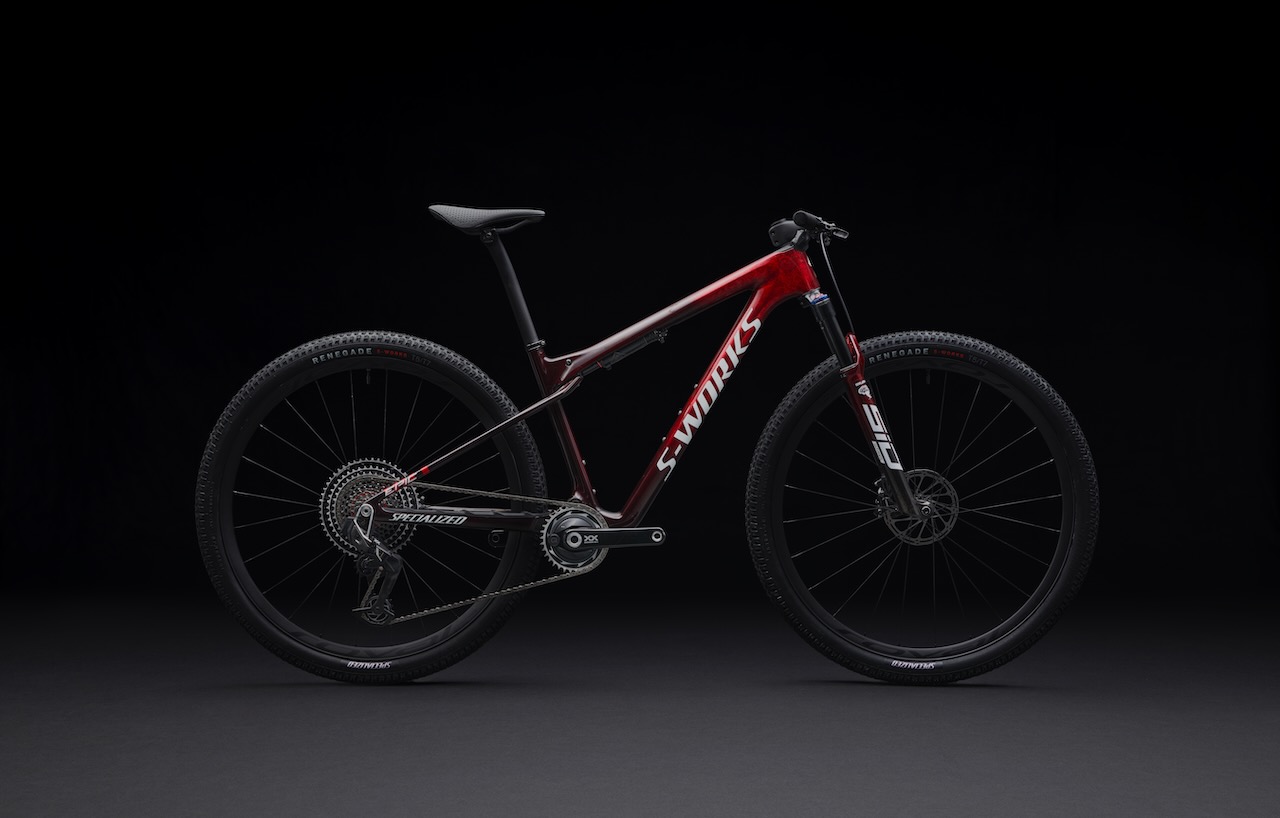If you’re a Specialized mountain bike fan, you know what’s coming. It has been sensationalized, hidden under wraps (mostly), and it’s finally launching — the all-new Specialized Epic World Cup.
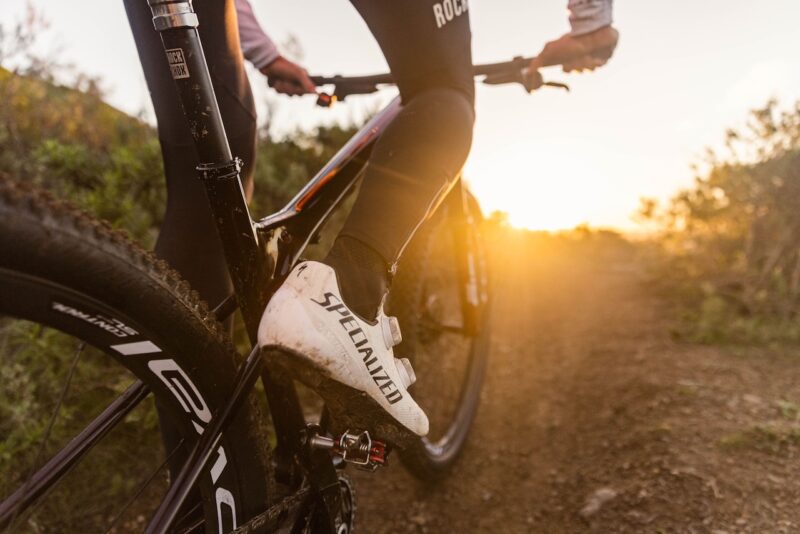
Remember in 2015 (?) when Specialized offed an Epic with slightly shorter chain stays and a bulked-up rear triangle? This bike was a snapper, racer-focused version of the Specialized Epic. After a few years, the line consolidated, and the Epic hardtail took over the space.
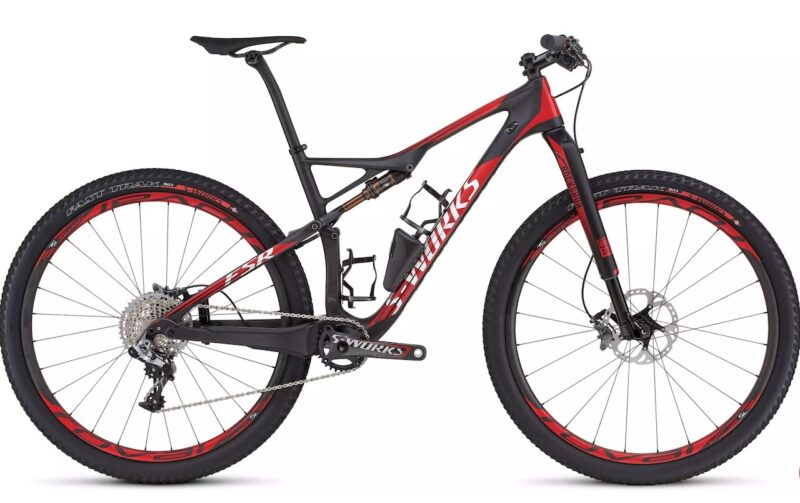
Now — Specialized is bringing back the World Cup name, doubling down on the no-compromise race features, and giving the Brain (and hardtail) a time-out.
What’s new — Specialized Epic World Cup
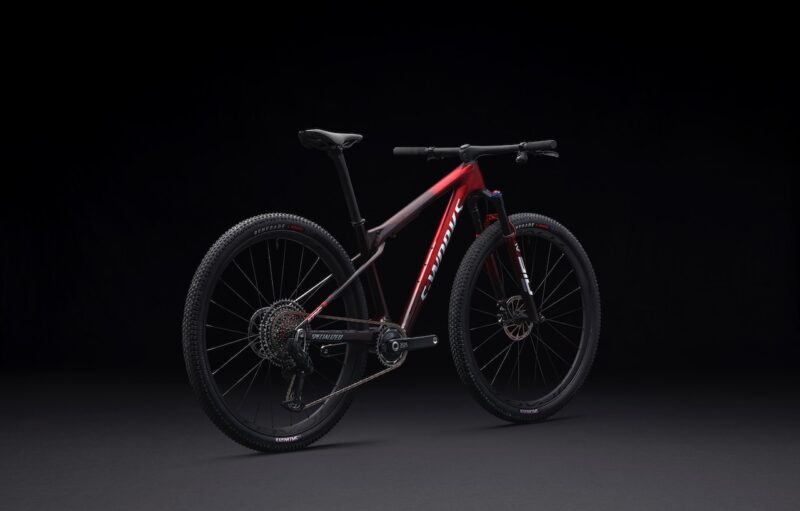
Specialized Epic World Cup Frame
The World Cup frame was born from listening to the Specialized World Cup athletes’ feedback and their quest to find the perfect bike for the track of the day. No longer will the team have to choose between the Epic hardtail or the Epic fully. Now Specialized riders can have the best of both worlds, in one bike.
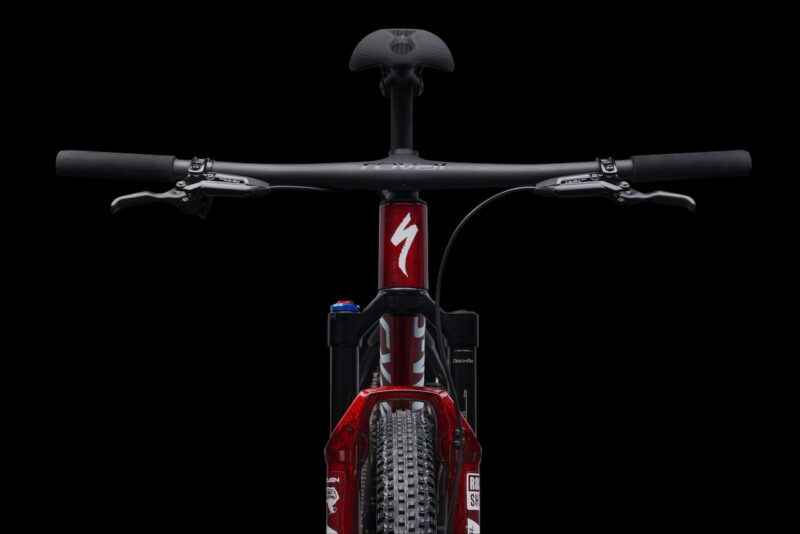
The first question that’s on everyone’s mind is “what’s the travel?” The new Specialized Epic World Cup has 75mm of rear travel and 110mm of front travel. The design team at Specialized designed the new Epic World Cup for maximum power transfer, demanding courses, and overall efficiency. This, 110/75mm combo is the best of both worlds and depending on how you tune/set the new rear shock you can get a little more than 75mm.
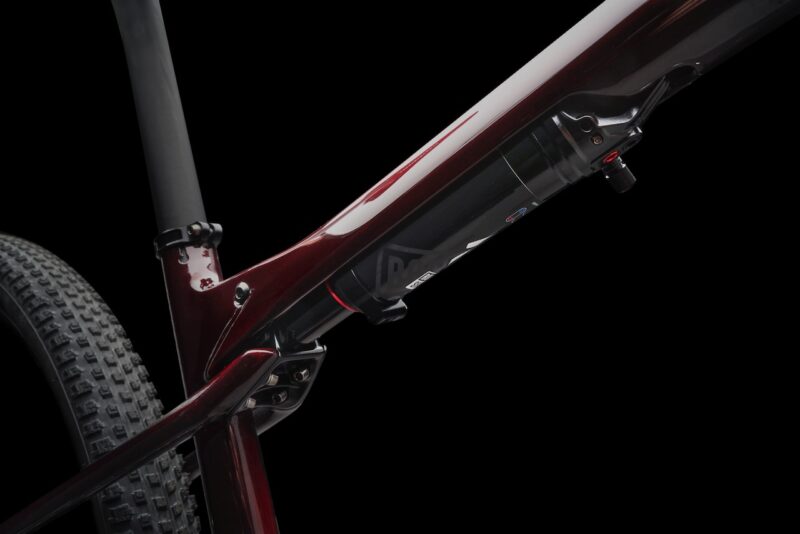
Specialized created the Epic World Cup to behave on the trail with the same stiffness, weight, and response as a hardtail. Kinematics were a priority, as was how to make a frame that maintains the behavior of the hardtail without sacrificing suspension performance (more on that later).
Weight reduction
The new Epic World Cup is light, with a frame weight of just 1,765 grams (painted with shock and all hardware). The design team at Specialized focused on making the frame lightweight without impacting the BB, torsional, and overall frame stiffness.
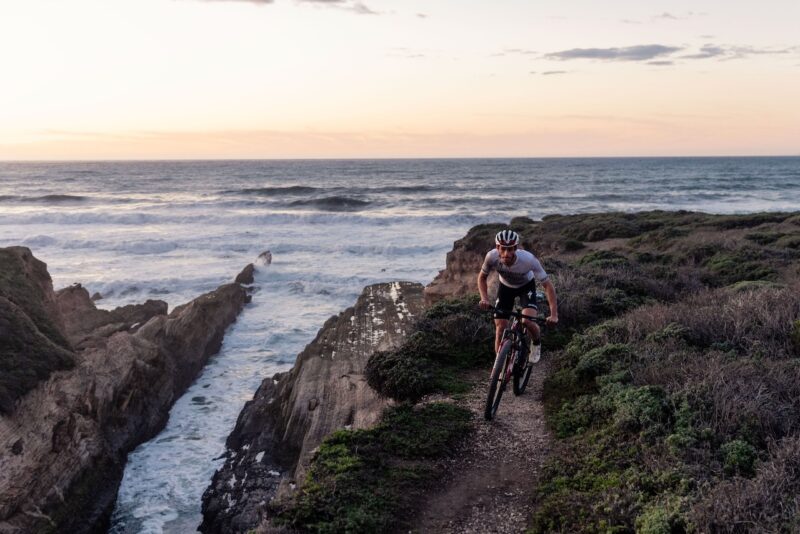
Embarking on its largest simulation project in Specialized history, the team created over 100,000 virtual frames across the spectrum of design. For this virtual test bike, the team tested for the bottom bracket, front end, and overall stiffness — three key measurements that give insight into how the frame will ride and perform.
The Epic World Cup frame has smaller tubes at the rear triangle and the seat cluster but a significantly beefed up down and top tube. The top tube and down tube taper smoothly to the bottom bracket and seat tube, giving the frame a sculpted look but also affecting the stiffness and ride quality.
Stiffness Distribution
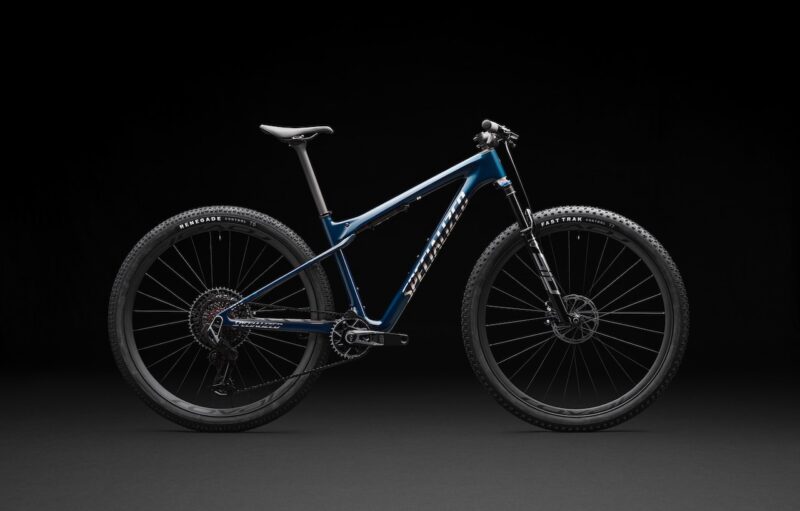
The Epic World Cup design ethos is equaled stiffness distribution from rear to front. This stiffness directly impacts the handling, response, and overall ride quality. Having the shock mounted directly onto the top tube gives the frame the best rear-to-front stiffness without compromising linkage. The design team feels this directly impacts the “wash-out effect,” basically pulling the bike from the brink and having maximum control.
Introducing RockShox SID WCID (World Cup Integrated Design)
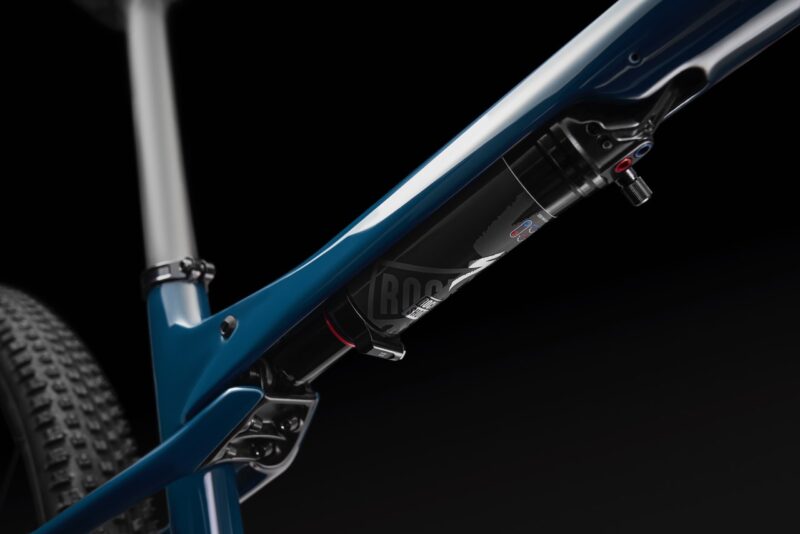
Out with the old (Brain) and in with the new WCID, but don’t get too sad; it carries over some similarities. The Epic World Cup is Specialized’s first bike with a top tube integrated shock, and they’ve developed it in a very specialized fashion.
The new RockShox SID WCID (World Cup Integrated Design) shock is co-developed with the help of Rock Shox and looks strikingly familiar to the FOX on the Trek Supercaliber. However, the RockShox SID WCID of Epic World Cup has some distinctive features that make it its own beast.
The design team opted for top tube shock placement to deliver a snappy pedal response of a hardtail with just a touch of travel — 75mm, to be precise. The travel is enough to round off drops and large rock sectors of the trail. Combined with the RockShox SID Ultimate fork with 110mm of travel, the Epic World Cup can handle rough terrain and bigger drops.
Specialized states, “Due to the engineered characteristics of the Epic World Cup, its 75mm of travel behaves like much more. When the bike is ridden in the firm setting, it is topped out, delivering the same positive travel as a 100mm travel bike set up with 25% sag.”
This short travel, active rear end preserves the “snap” accompanying a hardtail. It’s that feeling when you stomp on the pedals, and the bike goes — it is hard to match with a shock, but Specialized feels they have it cornered. But with that snap comes rigidity and harshness, and that’s where the shock tune comes in — the new RockShox SID WCID offers three air spring setting options.
RockShox SID WCID Settings

Like the Brain Shock, the RockShox SID WCID graduates from Firm, Medium, to Active, using a thumb dial (on the shock body) to change the setting as needed.
- Firm Setting “No Gulp” is the firmest, snappiest feel, the most “hardtail.” This setting offers zero sag and delivers the feel of a 100mm travel bike from 75mm travel due to no sag.
- Medium Setting “Half Gulp” gives a hardtail ride with a slight supple feel and performance. The flatter spring rate delivers a balanced ride, thanks to increased negative spring, contributing to a plusher ride feel.
- Active Setting “Full Gulp” is the plushest setting, optimal for rougher courses. This setting takes the lowest initial force required to initiate travel due to maximum negative air spring pressure.
Specialized Epic World Cup Features
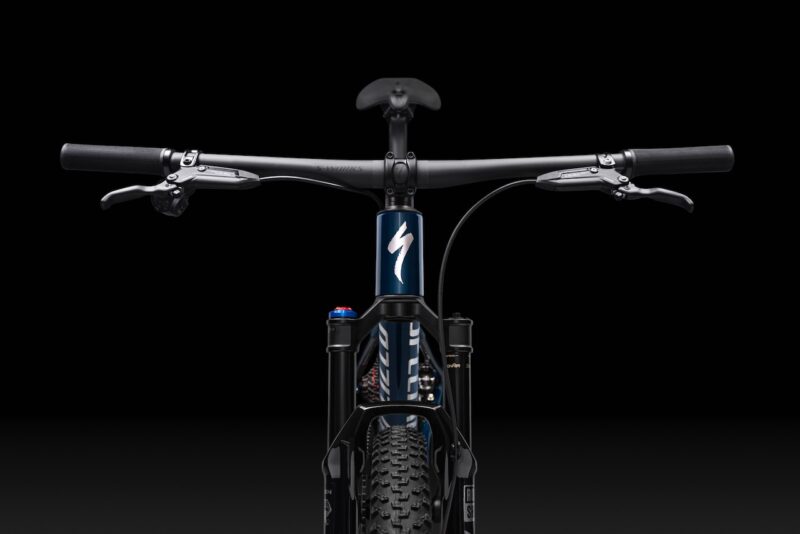
- Travel: 110mm front, 75mm rear.
- Max chainring size: 36T
- Max tire size: 2.35″
- Frame weight: 1765g (S-Works model painted with shock and all hardware)
- Available models: Epic World Cup S-Works, Epic World Cup Pro, Epic World Cup S-Works Frameset
- Available Sizes: XS (Frameset only), S, M, L, XL *Can accommodate two water bottles (standard size) in all frames, including XS
Specialized Epic World Cup Geometry
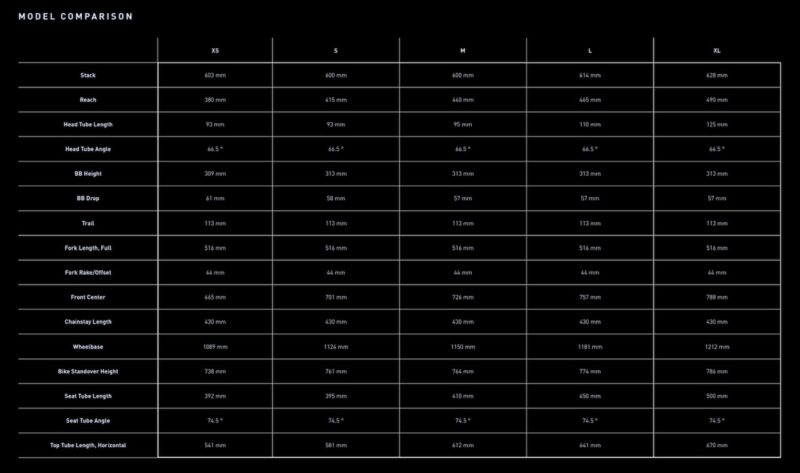
Pricing and Availability
Coming soon
For more information, check out Specialized.com
